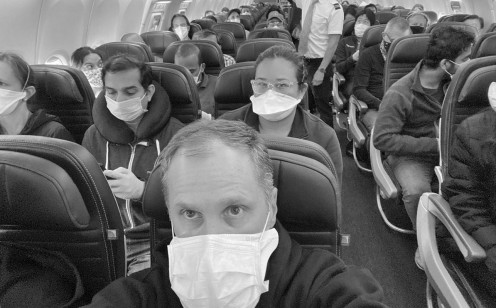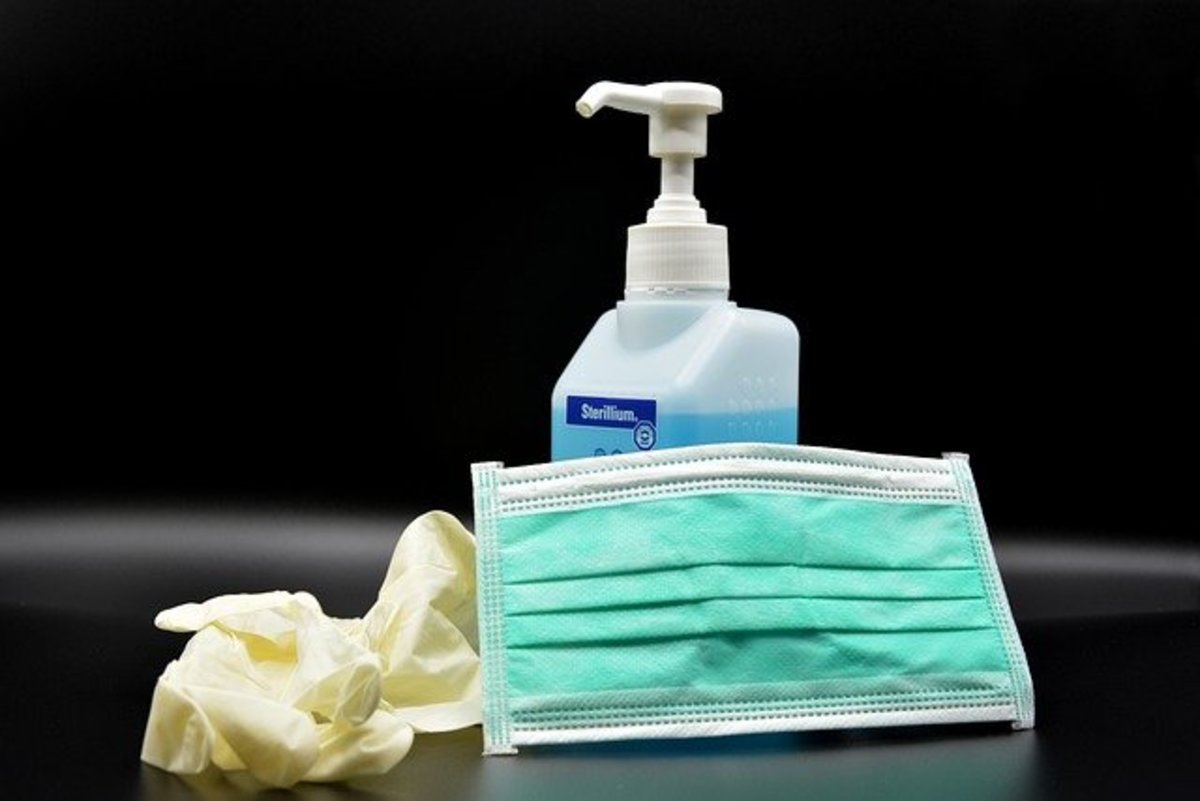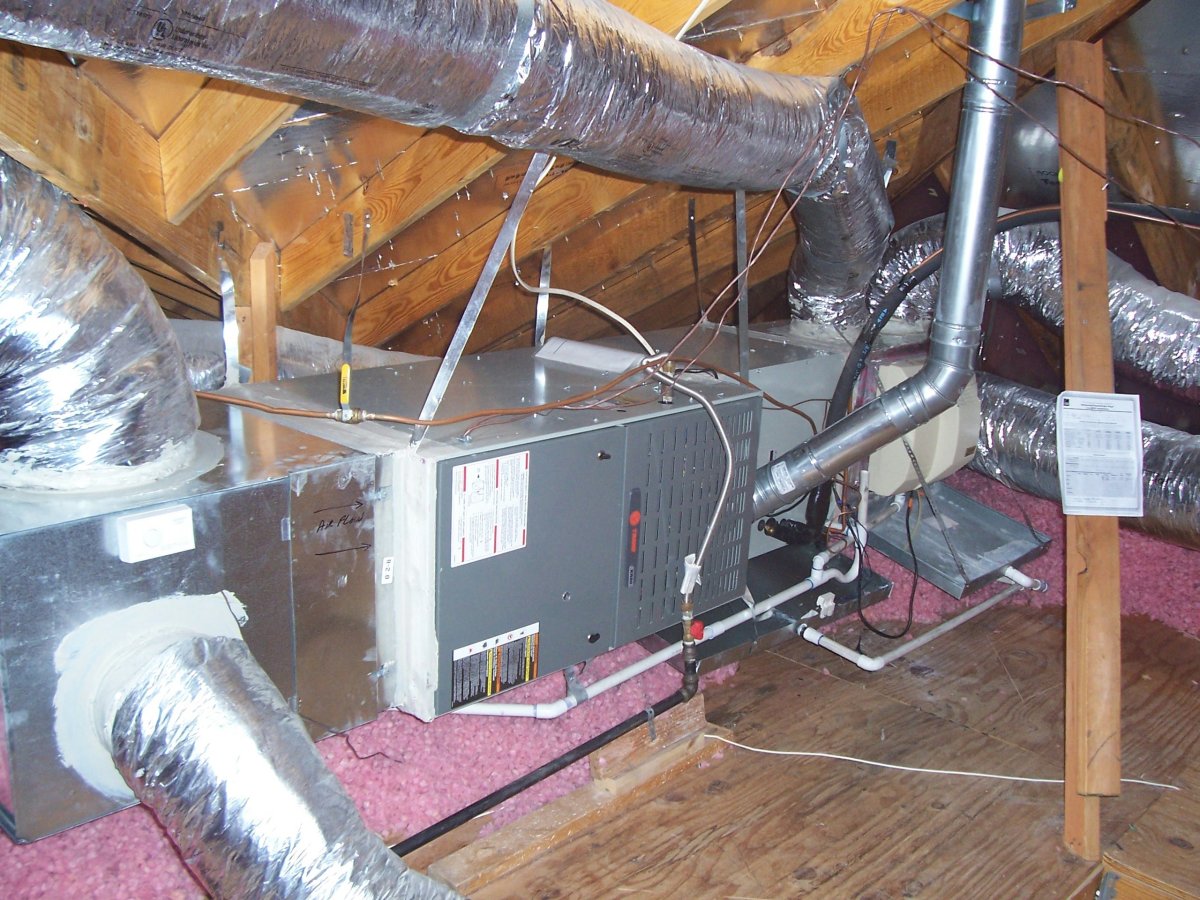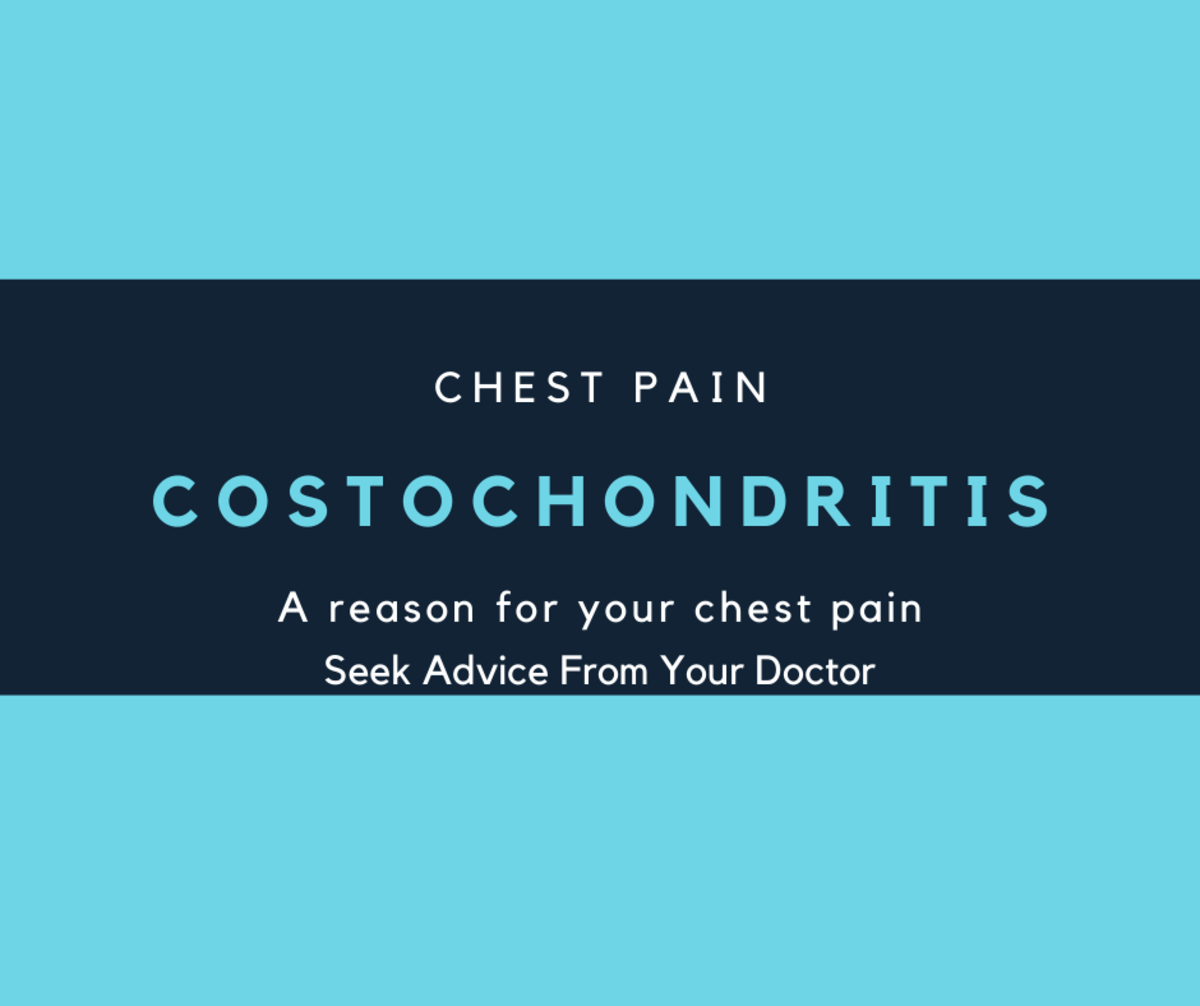A Layman's Take on Wearing A Mask Regarding Coronavirus

Time will provide the answers
Up until now I have not put on a mask when outside of my apartment since my exposure is much more limited than in large urban centres like Toronto, New York and Tokyo and I practice social distancing as much as possible when outdoors. I limit my exposure to about 45 minutes a week for grocery shopping and am probably within 6 feet of anyone for less than a total of a couple of minutes for all short exposures. But if you live in a place where you have to mix in with the general population like a kind of sardine in a disorganized can, then understanding how a mask works in that environment would be helpful. Also, I expect that when the “World’s Largest Science Experiment” lets us mix into larger and larger groups, inevitably, wearing a mask will not be an option such as public transit, commuter trains, airplanes, elevators in skyscrapers, sporting events and concerts, etc. Basically, it is anywhere where your viral load is pushed to its limit by the potential for increased exposure to the virus.
So much of what is going on nowadays is in the category of Unknown or a Road Not Travelled Before. So, as a layman, I am presented with a whole bunch of theories, opinions, conflicting studies and facts or, at least, plausible options. The “experts” out there come from every walk of life, including those that are self-proclaimed experts, and the scientific community speaks a completely different language than I am used to and are largely presenting results to their peers and leaving the general public scratching their heads (which is supposedly not a good idea, nowadays, for more than one reason).
So I commenced my research by multiple searches on the Internet for all manner of pertinent sites and posts which is my normal method of conducting investigation for writing a story (something I learned when I actually wrote for small amounts of money for SEO sites, in the past). So the following is my take on what I learned about how masks work against the transmission of the coronavirus and is in layman’s plain English (I hope).
First off, I learned that the virus certainly can be transmitted from one person to another but it is most likely to be a passenger on miniscule water droplets that one emits when breathing, talking, coughing or sneezing. The size of the water droplet is from 1-10 microns where the average size of a coronavirus spore is about 1/8th of a micron (or 125 Nano microns on average). For the layman out there, that is sort of like the water droplet is the size of a tennis ball or street hockey ball and the coronavirus spore is the size of a pea that takes a ride on the droplet, but all at a much smaller scale. The head of a pin is about 2,000 microns in diameter so that can give you some perspective on how small the carrier is.
So this all helps to give a reference as to the size of the targets one is looking to control from transmitting from one to another, if they are present on one or the other person. It also, to some extent, helps to explain the 6 feet (2 metres) spacing in social distancing because when you look at the distance that a cough or sneeze can travel it approaches that range due to the added force the droplets get from those actions. A baseball analogy would be a long hit to the outfield wall versus an infield hit for the distance that the droplets travel when speaking or breathing normally.
So, if you buy into the mask concept as at least a good idea in areas where social distancing is extremely difficult, then it is helpful to understand what mask might work for your needs. The N95 mask that is talked about for front line workers (primarily in medical environments) gives around 95% protection against the transmission of virus spores. It has two other variants (P95 and R95) that are used in environments that have oil present in large amounts which is not really what you would get in a hospital environment, for example. These respirators are also quite tight fighting to prevent leakage and can be uncomfortable to wear for long periods of time.
The disposable surgical mask that we have grown to be accustomed to while viewing hospital environments on the television has a resistance level against viral transmission in the range of 65% and is one you will likely have seen in environments like the grocery store on its staff that come into closer contact with the public. In that same environment worn on the customers, it is likely you will see everything from commercially available cloth mask, homemade masks, scarves, plastic bags and combination homemade masks with coffee filters that range all over the place from virtually no protection to somewhere between the disposable surgical mask and the N95 range.
An added factor comes into play with some of these masks in the area of breathability. There is a warning on plastic bags about putting them on your head for a very good reason called suffocation aka asphyxiation. My research showed that coffee filters in a mask restrict breathing a lot whether they are the only material or used in a layered approach with fabric. The best combination for the general public environment seemed to be a layered approach with outer layer being a tightly woven natural fabric like quality bedding with a high thread count of 600 or better with a secondary layer of a synthetic nature that came into contact with the face or even a folded paper towel. The outer mask could be washable until the porosity (space between threads) starts to grow from frequent washing and the paper towel would just be disposed of properly from each use.
No mask will do much good if it isn’t worn properly such as you might see in Las Vegas where people have been seen playing slot machines while taking a drag of a cigarette out of one of the sides of their “mask”. The nose has to be covered and the mask has to be tight around the face to trap the water droplets that the mask will contain and that explains why the mask needs to be disposed of properly or washed after each use (if it is washable).
I use mouthwash prior to every visit to the grocery store in the hopes that it may help against the virus but I have learned that it is in the category of “may or could help” but at least my breath is fresher and I am fighting other bacteria and gingivitis. The manufacturer website starts with No in its response as to whether it kills the coronavirus. The lesson here is that a good place to start regarding what a product can or can’t do is the manufacturer’s website.
So the future tells me that I need to get used to washing my hands frequently, (and despite the fact that you like you are going to rob the place), wearing a mask in places where social distancing cannot be practiced effectively and, most importantly, not over watching the coronavirus “results” like an ongoing sporting event. Testing positive for the coronavirus is still not understood as to its true meaning and reported cases and deaths are under constant questioning and scrutiny. Time will ultimately get us the full picture but in the meantime it is probably a good idea that we all take some advice from my Mom. “If you can’t be good, well at least be careful”.








